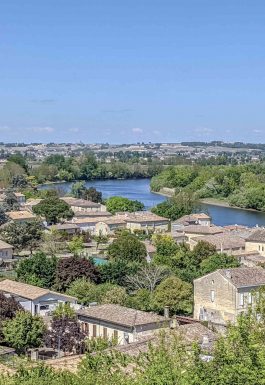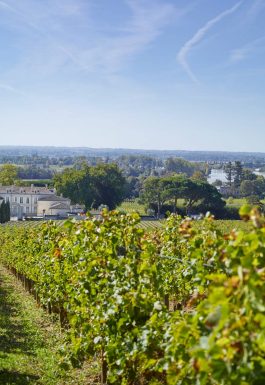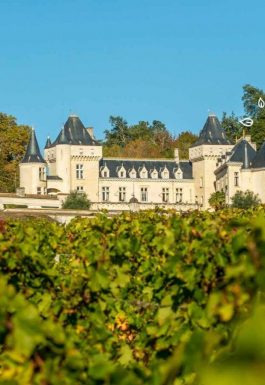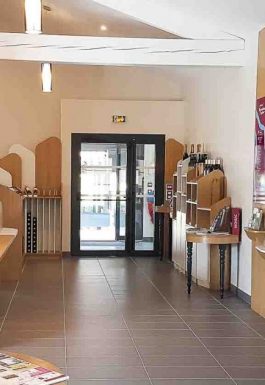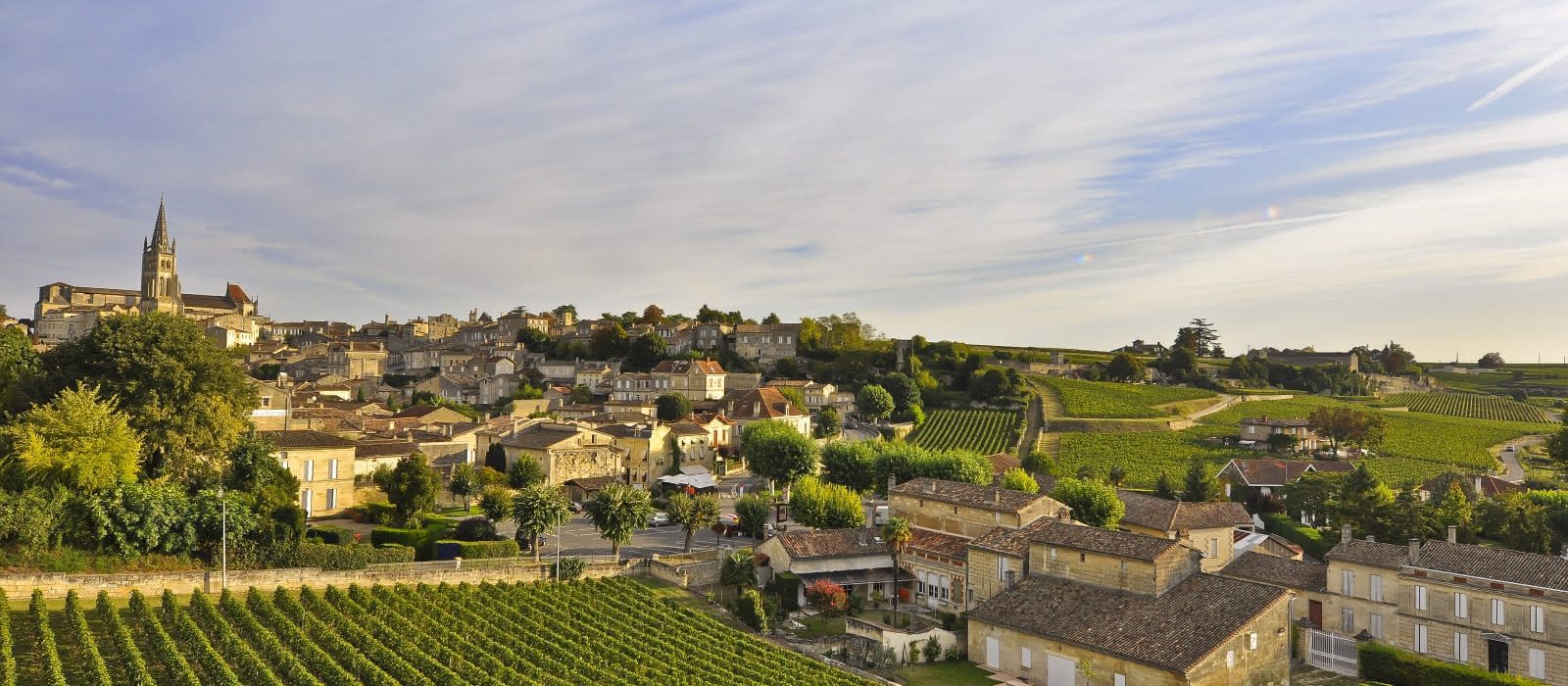Two thousand years of history between men and vines await you in the Jurisdiction of Saint-Émilion, a remarkable example of a historic vineyard landscape that has come down to us intact.
SAINT EMILION, THE MEDIEVAL CITY
A charming medieval village located in the heart of the famous Bordeaux vineyards, Saint-Emilion is unique in its kind because of the importance of its wine properties, the quality of its wines and the majesty of its architecture and its monuments.
Located 40 minutes from Bordeaux and easily accessible, this extraordinary medieval city opens its doors throughout the year to adventurers, wine lovers or simply curious people. City steeped in history perched on a rocky promontory, Saint-Emilion and its vineyard draw their originality from the limestone which has shaped its identity. Legend has it that in the middle of the XNUMXth century a Breton monk, a native of Vannes and named Emilion, sought refuge in a place of retirement called Ascumbas (former name of the city of Saint-Emilion).
From the 9th to the 19th century, men had the will to extract the rock to build the architectural ensemble of the city. Witness the presence of 200 km of underground galleries which provided the limestone necessary for the construction of several buildings in the region, particularly in Bordeaux. Limestone is omnipresent and provides exceptional soil for the vines of Saint-Emilion.
A harmonious work of Nature and Man, the landscapes of Saint-Emilion are unique testimonies of history. In 1999, and for the first time in the world, a wine-growing landscape was propelled to the rank of sites registered as World Heritage of Humanity by UNESCO, which considers Saint-Emilion as "a remarkable example of a historic wine-growing landscape which survived intact" and which continues its activity today.
